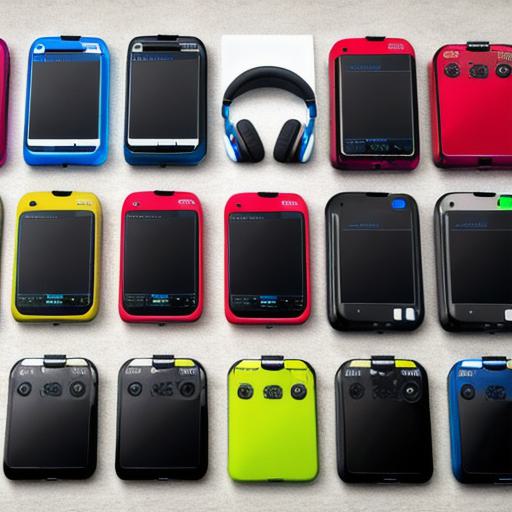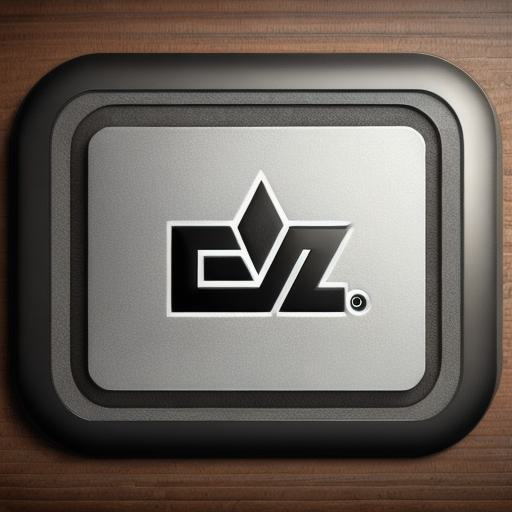Hello there, mobile game developer! I’m thrilled to see your curiosity in expanding your knowledge base in mobile game development. In this response, we’ll dive deep into various aspects of mobile game development and provide you with insights that will inspire you to create engaging, immersive experiences for users worldwide.
**Table of Contents:**
- Understanding the Mobile Game Development Landscape
- Types of Mobile Games
– Popular Mobile Game Engines
- Types of Mobile Games
- Designing Compelling User Experiences
- UX/UI Design Principles
– Monetization Strategies
- UX/UI Design Principles
- Optimizing for Performance and Scalability
- Tips for Optimizing Mobile Games
- Best Practices for Scalability
- Staying Ahead of the Curve: Trends and Innovations
- Emerging Technologies in Mobile Gaming
- Predictions for Future Developments
- Summary: Empowering Your Mobile Game Development Journey

1. Understanding the Mobile Game Development Landscape
Mobile games come in various shapes and sizes, catering to diverse audiences.
The two primary types are:
- Native Games: These are apps designed specifically for mobile devices and are built using programming languages such as Swift (iOS) or Java/Kotlin (Android).
- Web Games: Games that run within web browsers, typically using HTML5, WebGL, or Unity3D.
There’s a myriad of game engines available to help you get started.
Popular choices include:
- Unity: A versatile engine for 2D and 3D games, with robust tools for animations, physics, and multiplayer networking.
- Unreal Engine: Known for its high-performance graphics capabilities, this engine is perfect for creating visually stunning mobile games.
- Godot: An open-source alternative that boasts a beginner-friendly interface and growing community support.
2. Designing Compelling User Experiences
Creating an immersive mobile game experience starts with:
- UX (User Experience) Design Principles: Focus on intuitive navigation, seamless transitions, and clear calls-to-action. Aim for a balance between fun and functionality.
- UI (User Interface) Design: Use appealing visuals, legible fonts, and an overall design that is easy to understand and navigate.
Monetization strategies for mobile games can range from:
- Freemium: Offer the basic game for free while charging for additional features or in-app purchases.
- Subscription Model: Charge users a monthly fee for unlimited access to your game’s content and features.

- Premium: Release your game as a paid app with no in-app purchases or advertisements.
3. Optimizing for Performance and Scalability
To create an enjoyable mobile gaming experience, consider:
- Tips for Optimizing Mobile Games: Minimize load times, reduce battery usage, and optimize graphics settings. Use tools like Unity’s Profiler to diagnose performance issues.
- Best Practices for Scalability: Design your game architecture to handle increased traffic and user loads. Consider using cloud services like AWS or Azure to manage server infrastructure.
4. Staying Ahead of the Curve: Trends and Innovations
Keep an eye on emerging technologies in mobile gaming, such as:
- Virtual Reality (VR): Use VR headsets like the Oculus Quest 2 to create immersive gaming experiences.
- Augmented Reality (AR): Integrate AR elements into your games using frameworks like ARCore or ARKit.
- Cloud Gaming: Offer instant access to your games through cloud services like Google Stadia or NVIDIA GeForce Now.
5. Summary: Empowering Your Mobile Game Development Journey
In conclusion, the mobile game development landscape is vast and ever-evolving. By staying informed about design principles, optimization techniques, and emerging trends, you’ll be well-equipped to create captivating experiences that engage users worldwide.
